HMS Spiteful was a third-batch S-class submarine built for the Royal Navy during the Second World War.

HMS Salmon was a second-batch S-class submarine built during the 1930s for the Royal Navy. Completed in 1935, the boat fought in the Second World War. Salmon is one of twelve boats named in the song "Twelve Little S-Boats".

HMS Starfish was a first-batch S-class submarine built for the Royal Navy during the 1930s. Completed in 1933, she participated in the Second World War.
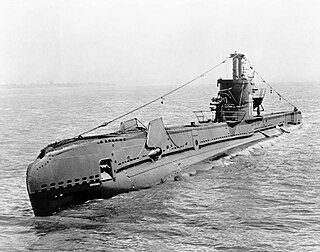
HMS Stonehenge was an S-class submarine of the third batch built for the Royal Navy during World War II. Completed in 1943, she made her initial patrol off Norway and was then transferred to the Far East, where she conducted two war patrols, during which she sank two Japanese ships. On her second patrol, Stonehenge disappeared with all hands and was declared overdue on 20 March 1944. The most probable cause of her sinking is that she hit a mine, but her wreck has never been found.

HMS Saga was a S-class submarine of the third batch built for the Royal Navy during World War II. She survived the war and was sold to Portugal.
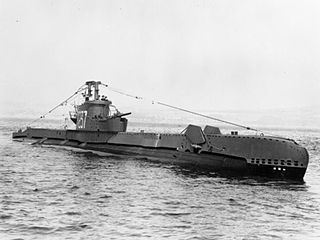
HMS Scythian was a S-class submarine of the third batch built for the Royal Navy during World War II. She survived the war and was sold for scrap in 1960.
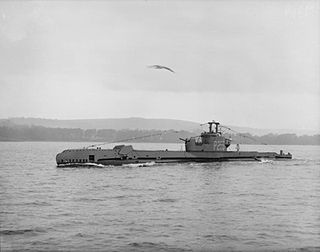
HMS Seneschal was a S-class submarine of the third batch built for the Royal Navy during World War II. She survived the war and was sold for scrap in 1965.
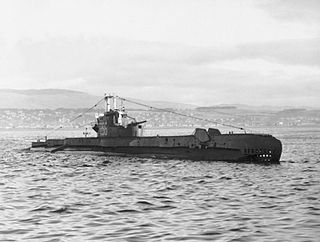
HMS Sentinel was a S-class submarine of the third batch built for the Royal Navy during World War II. She was not completed until after the war and was sold for scrap in 1962.

HMS Shakespeare was an S-class submarine built for the Royal Navy during the Second World War, and part of the Third Group built of that class. She was built by Vickers-Armstrongs and launched on 8 December 1941.
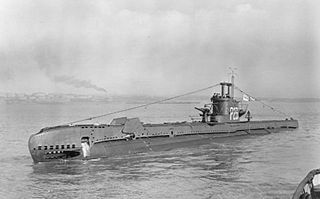
HMS Surf was a S-class submarine of the third batch built for the Royal Navy during World War II. She survived the war and was scrapped in 1948.

HMS Spur was a S-class submarine of the third batch built for the Royal Navy during World War II. She survived the war and was sold to Portugal in 1948.
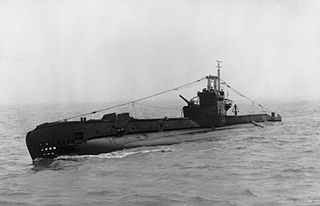
HMS Spearhead was a S-class submarine of the third batch built for the Royal Navy during World War II. She survived the war and was sold to Portugal. She was scrapped in 1967.

HMS Supreme was a S-class submarine of the third batch built for the Royal Navy during World War II. She survived the war and was sold for scrap in 1950.

HMS Stoic was a S-class submarine of the third batch built for the Royal Navy during World War II. She survived the war and was scrapped in 1950.
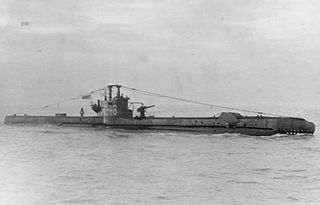
HMS Sturdy was a S-class submarine of the third batch built for the Royal Navy during World War II. She survived the war and was scrapped in 1958.
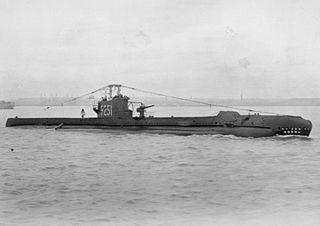
HMS Subtle was a S-class submarine of the third batch built for the Royal Navy during World War II. She survived the war and was scrapped in 1959.

HMS Spearfish was a second-batch S-class submarine built during the 1930s for the Royal Navy. Completed in 1936, the boat participated in the Second World War. The submarine was one of the 12 boats named in the song "Twelve Little S-Boats". So far she has been the only ship of the Royal Navy to be named Spearfish.
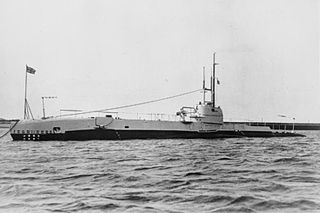
HMS Snapper was a second-batch S-class submarine built during the 1930s for the Royal Navy. Completed in 1935, the boat participated in the Second World War. Snapper is one of the 12 boats named in the song "Twelve Little S-Boats".
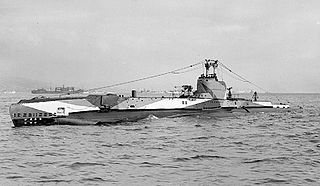
HMS Sealion was a second-batch S-class submarine built during the 1930s for the Royal Navy. Completed in 1934, the boat fought in the Second World War.
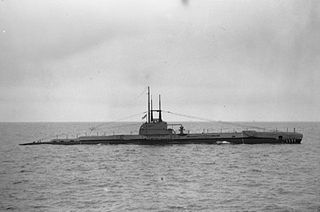
HMS Seawolf was a second-batch S-class submarine built during the 1930s for the Royal Navy. Completed in 1936, the boat fought in the Second World War.




















